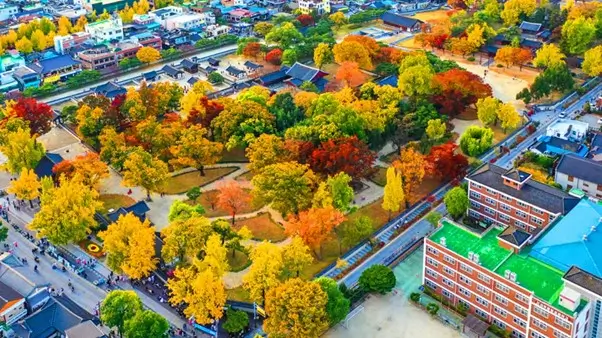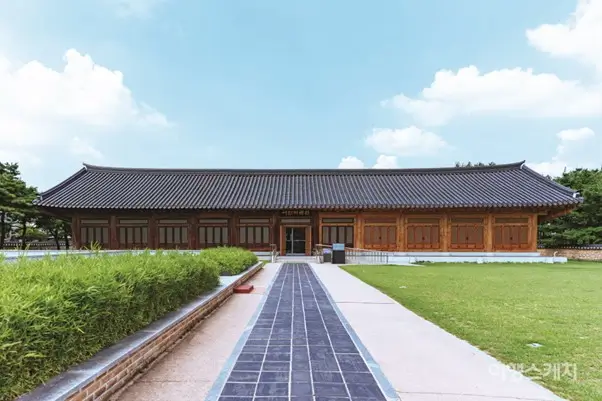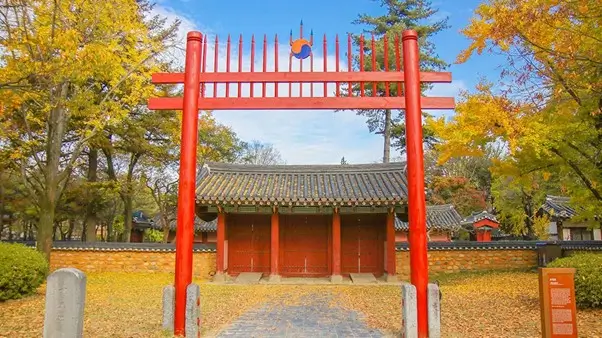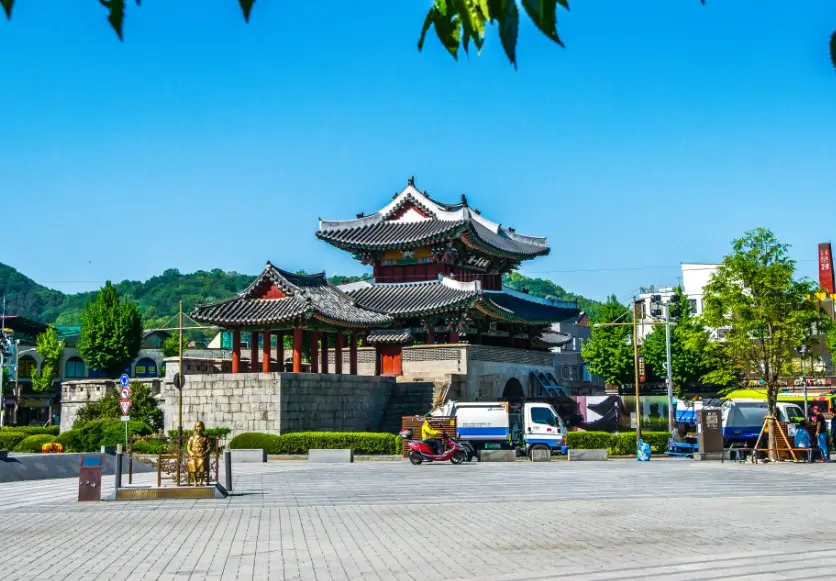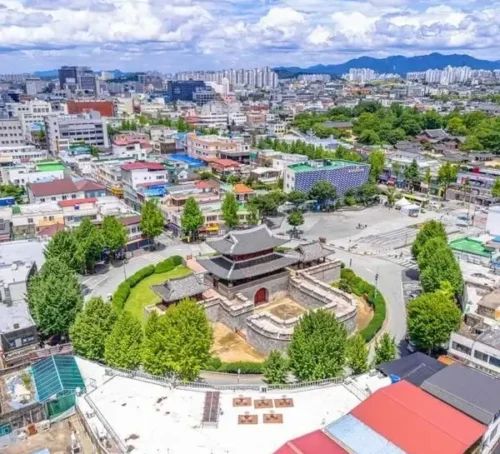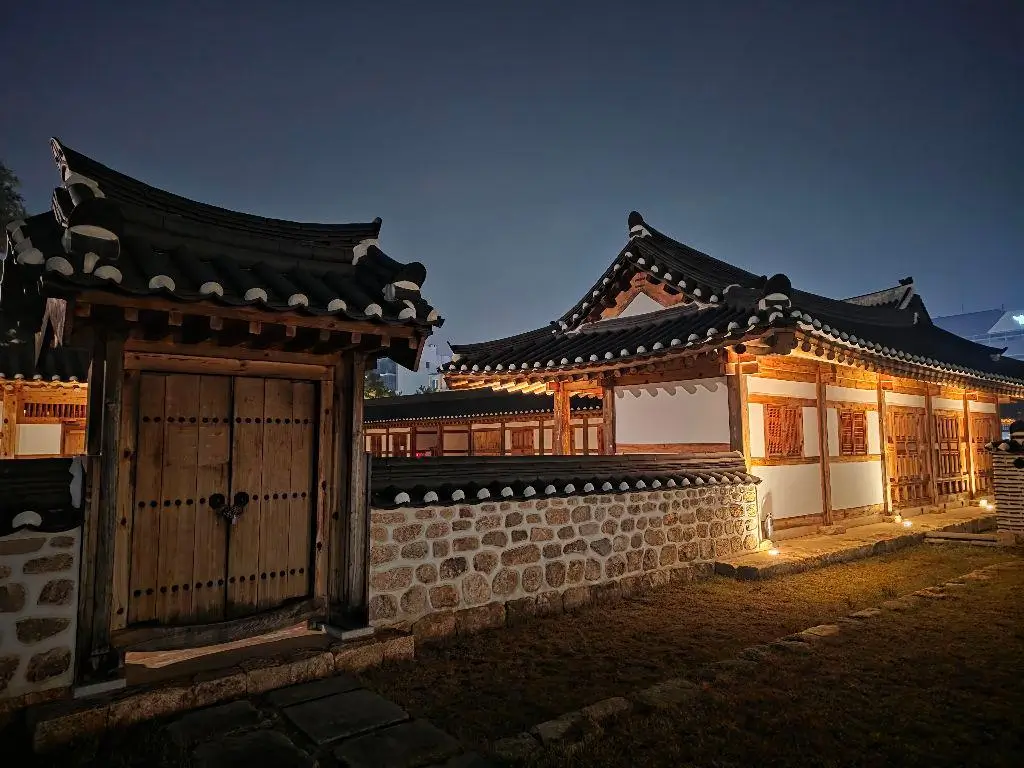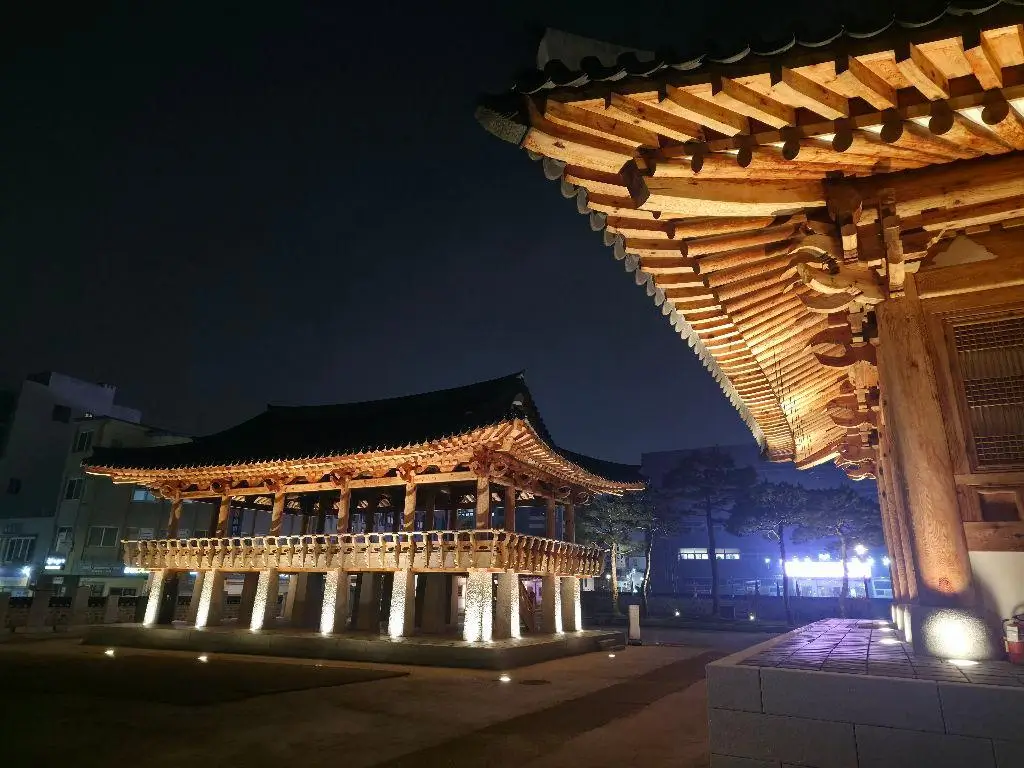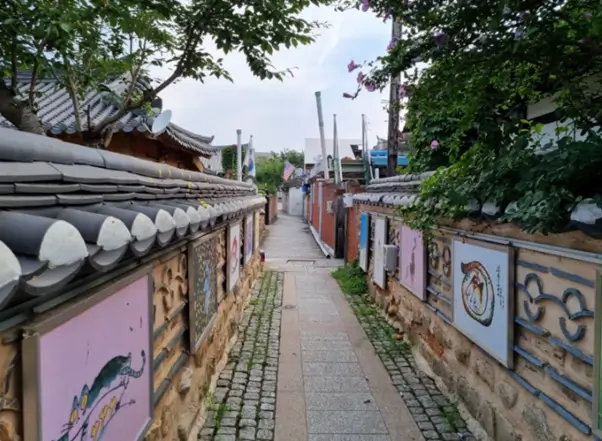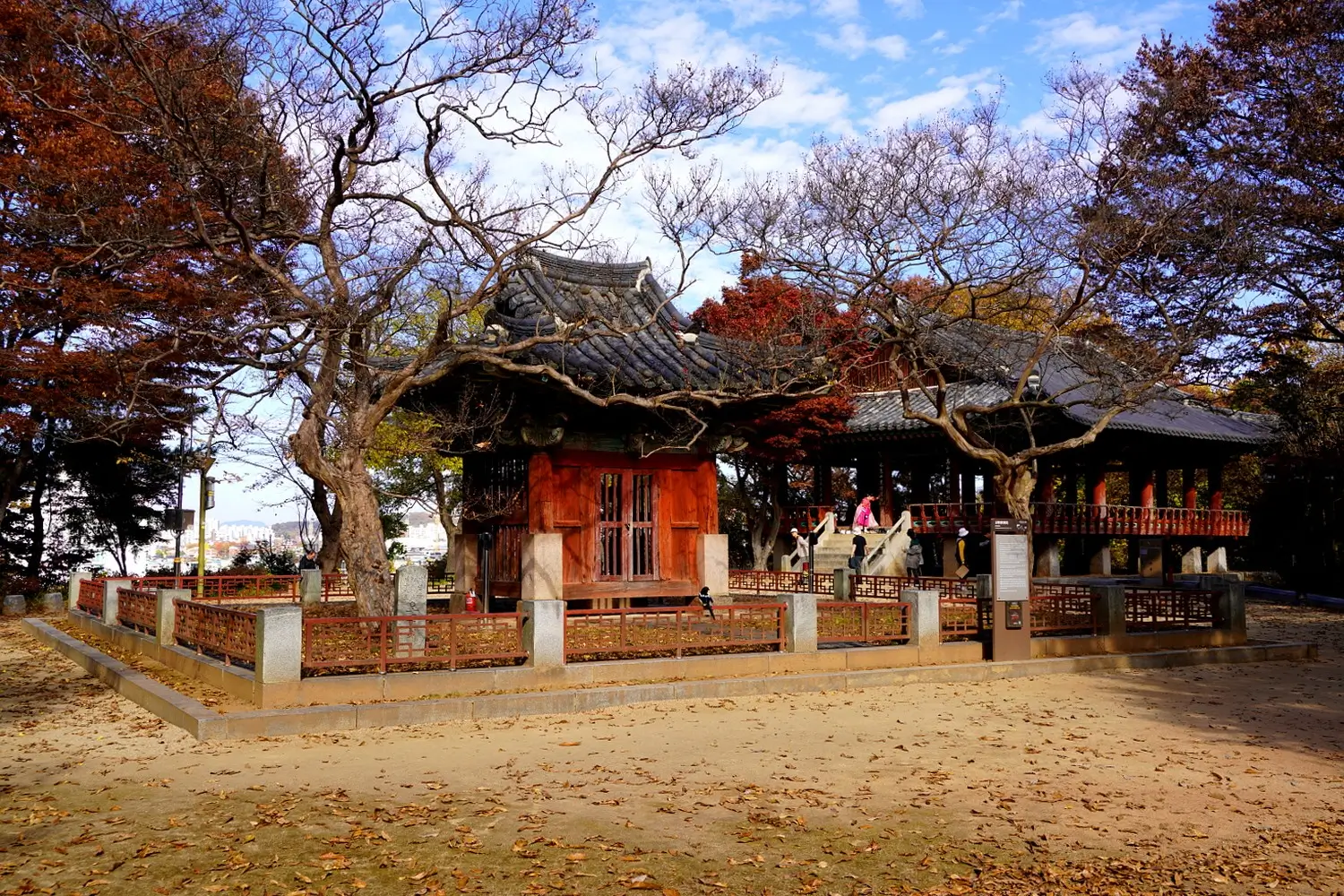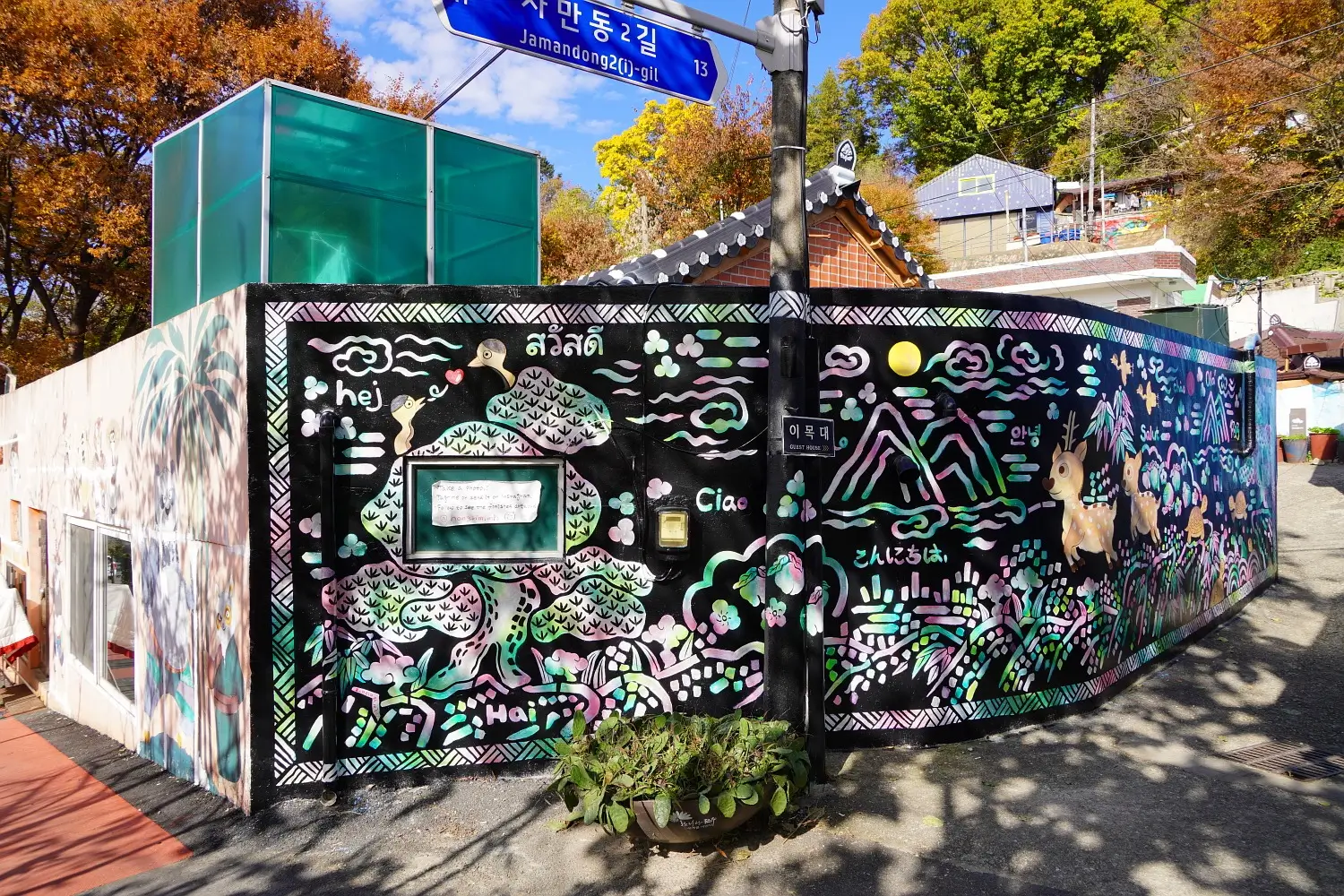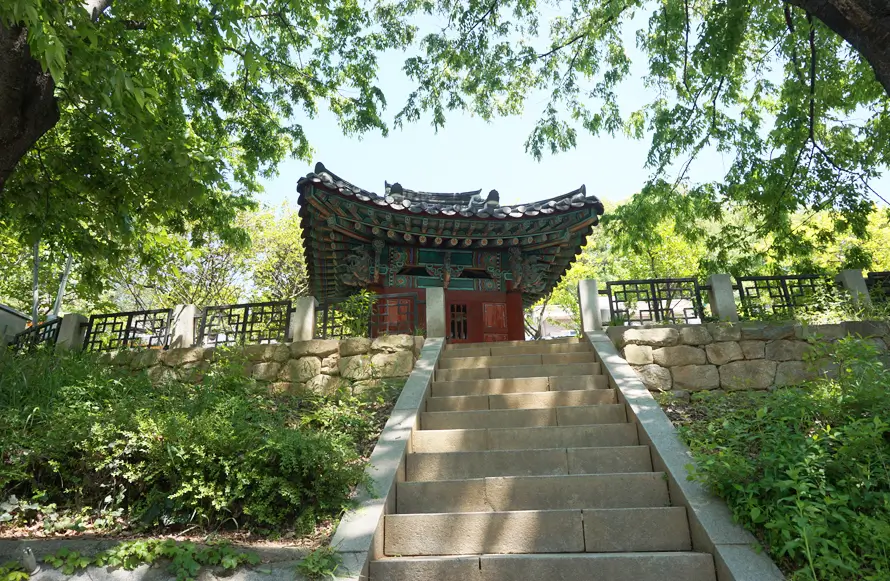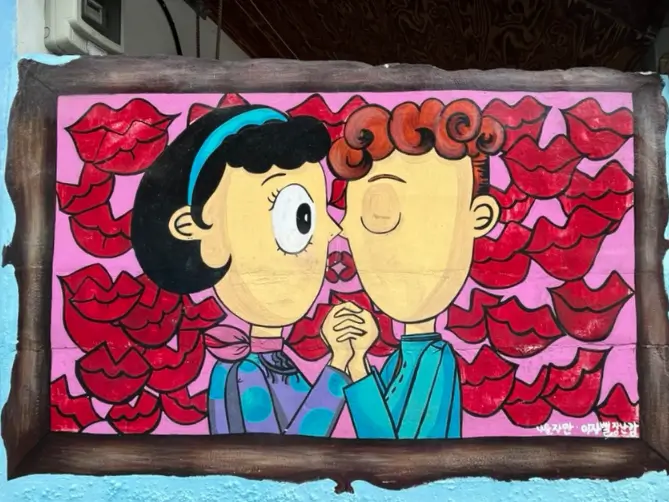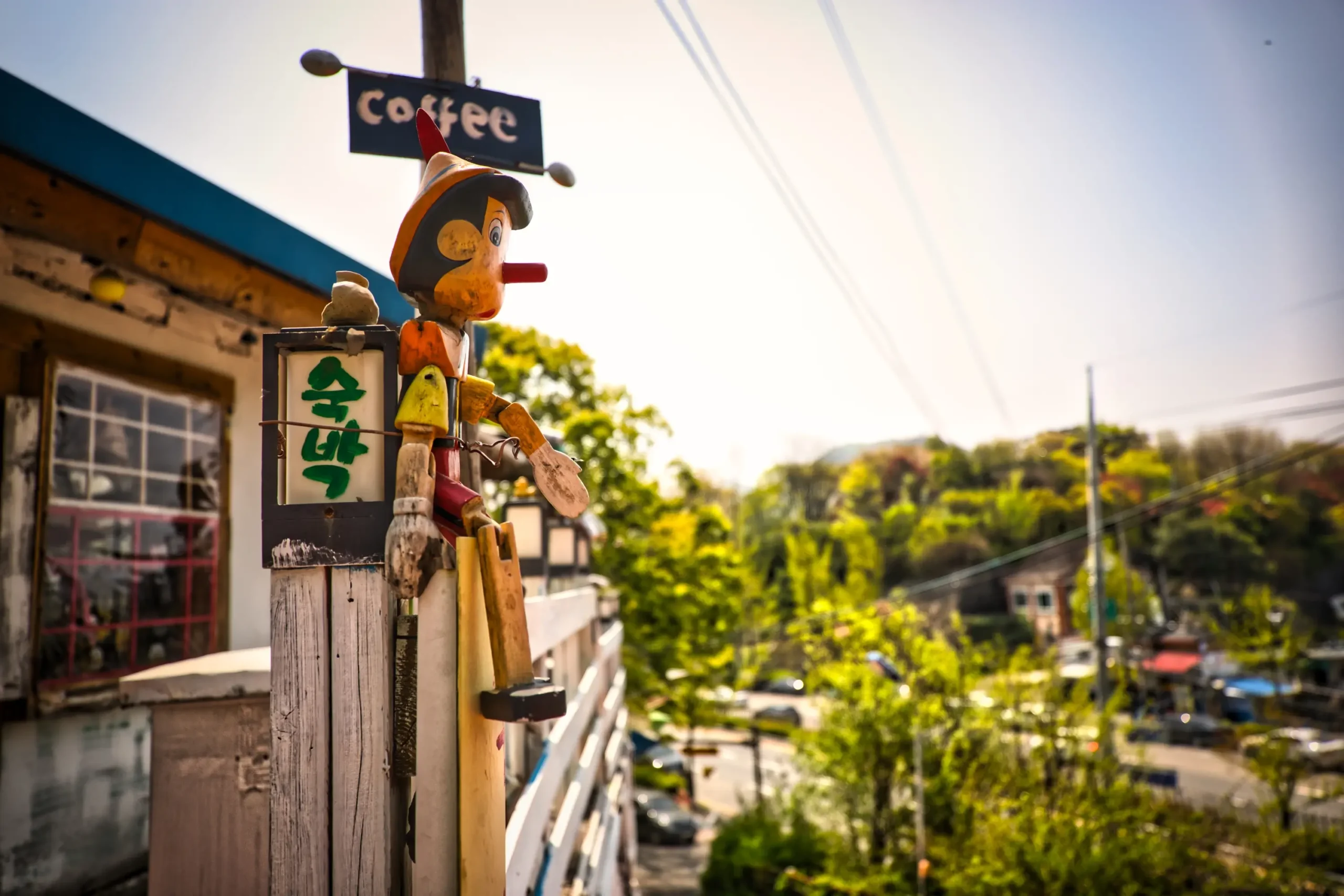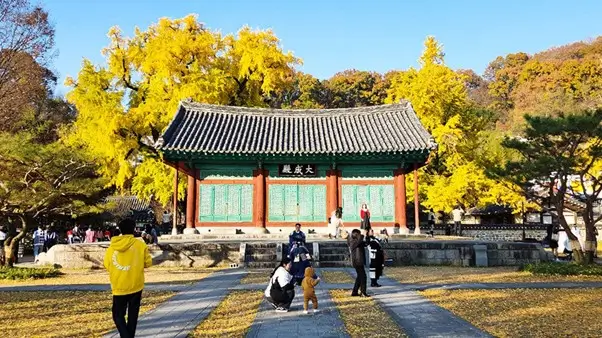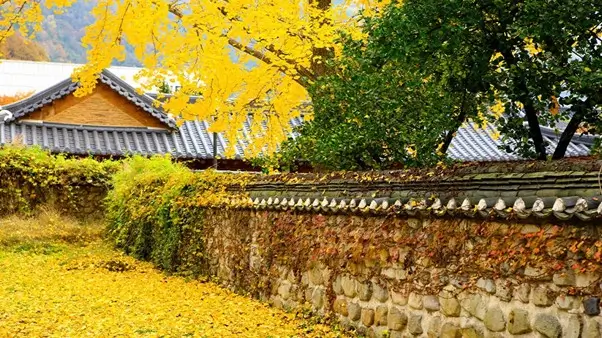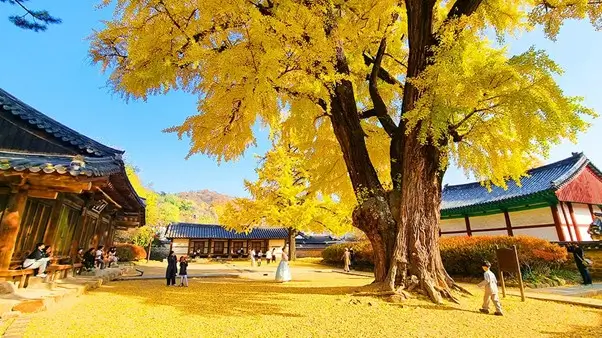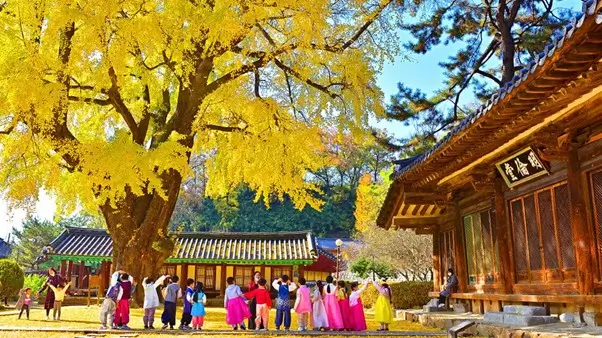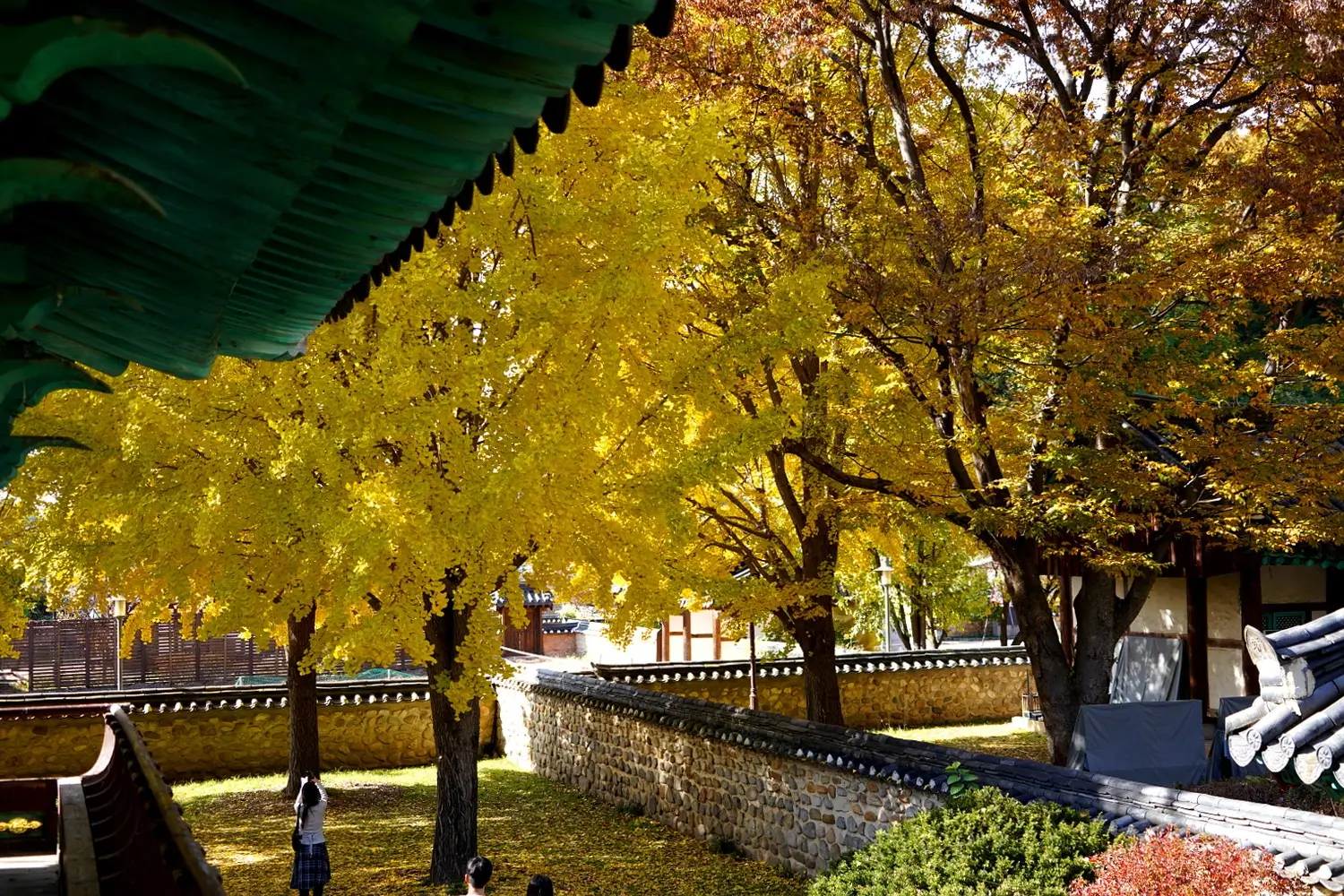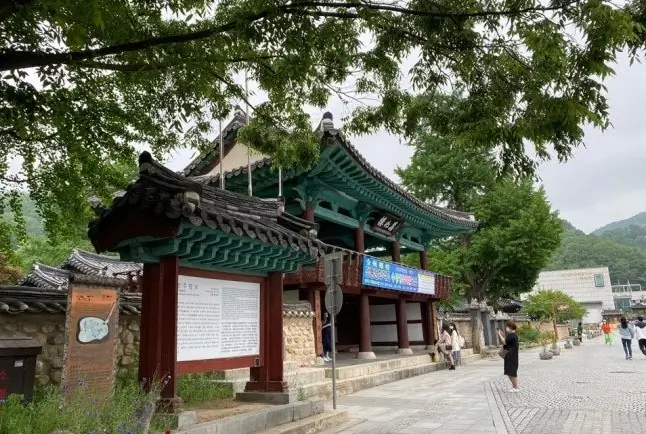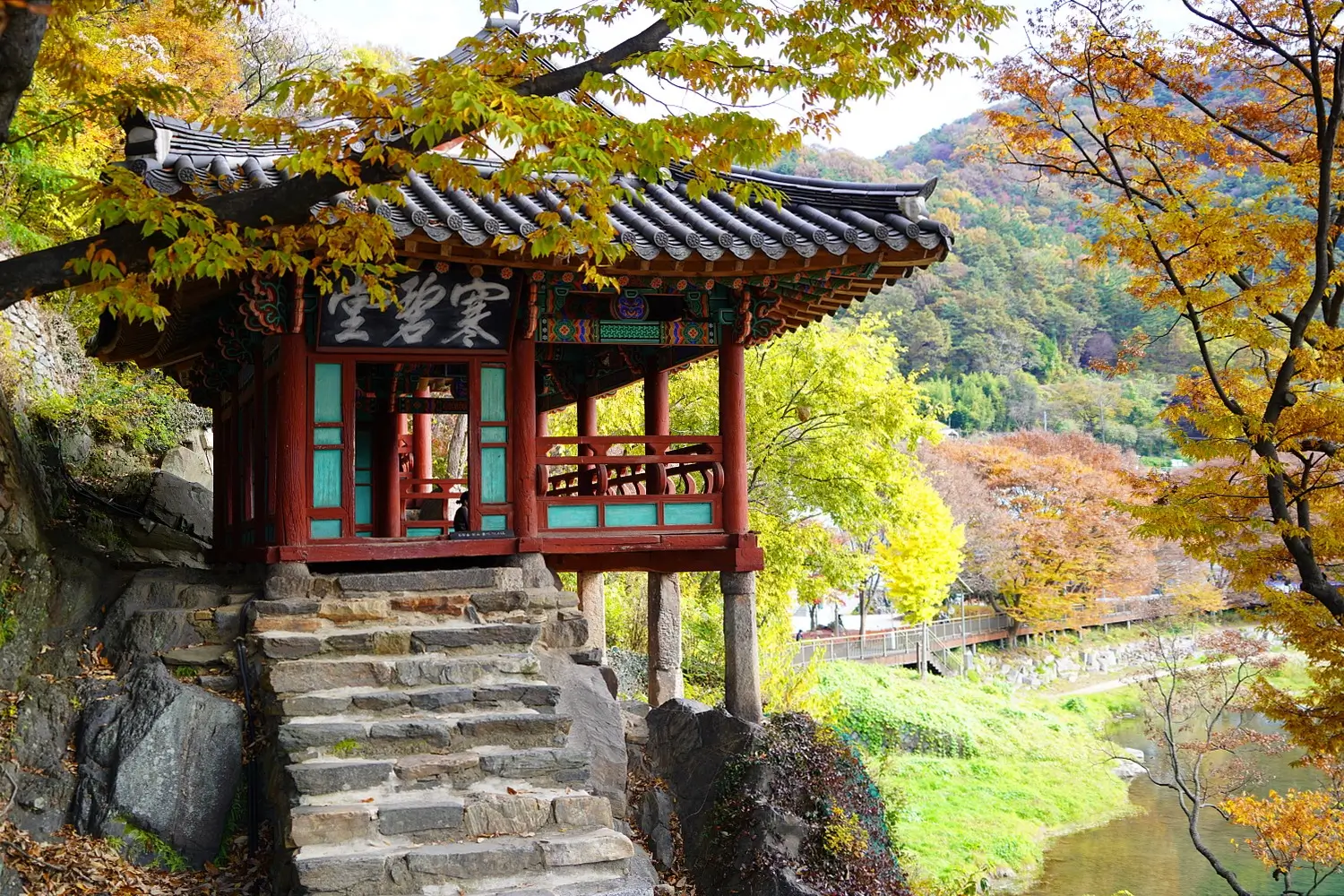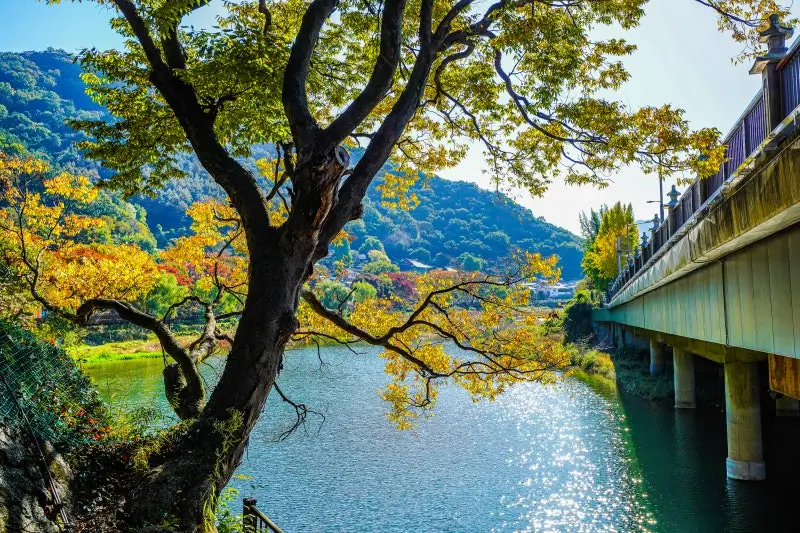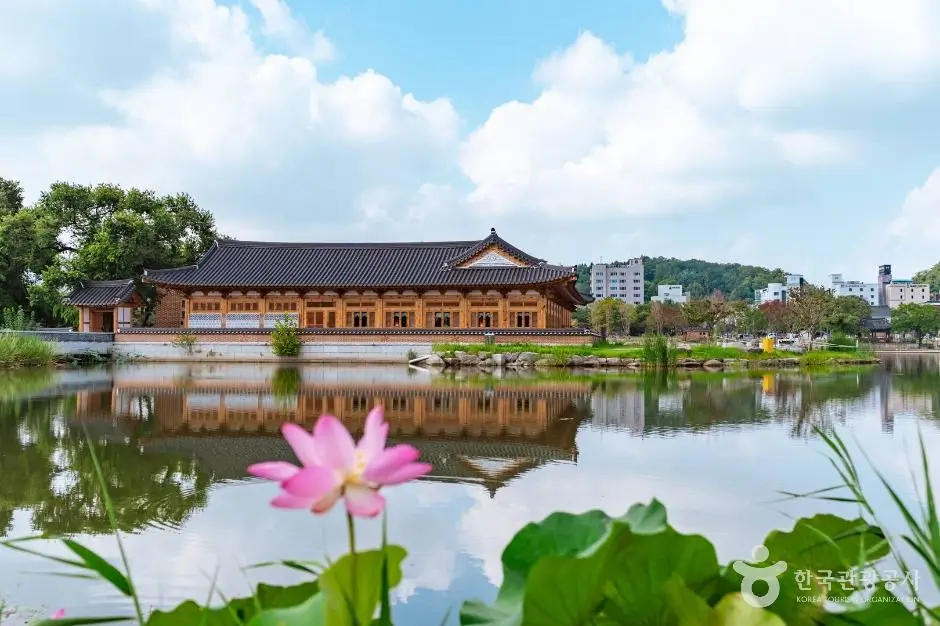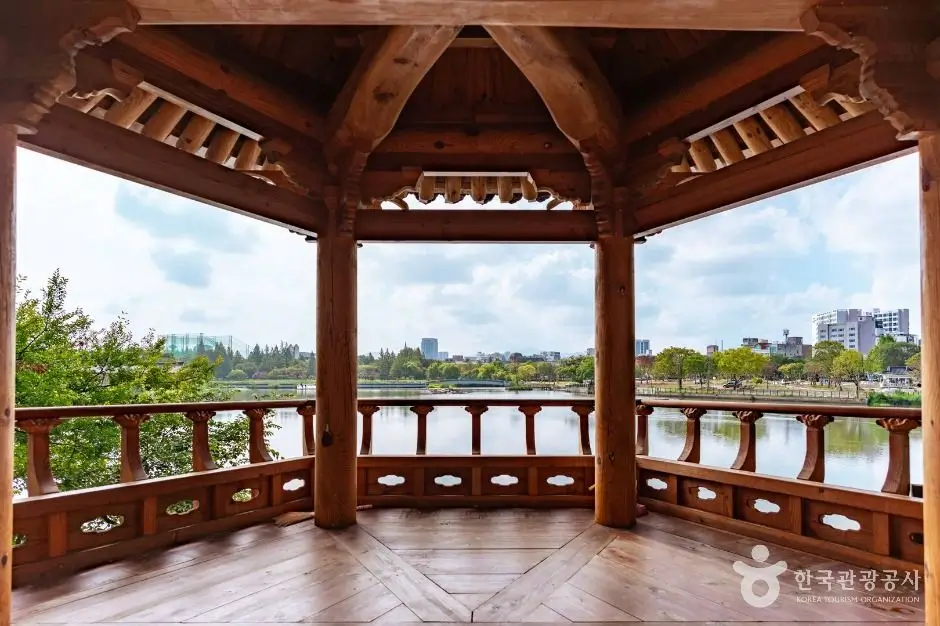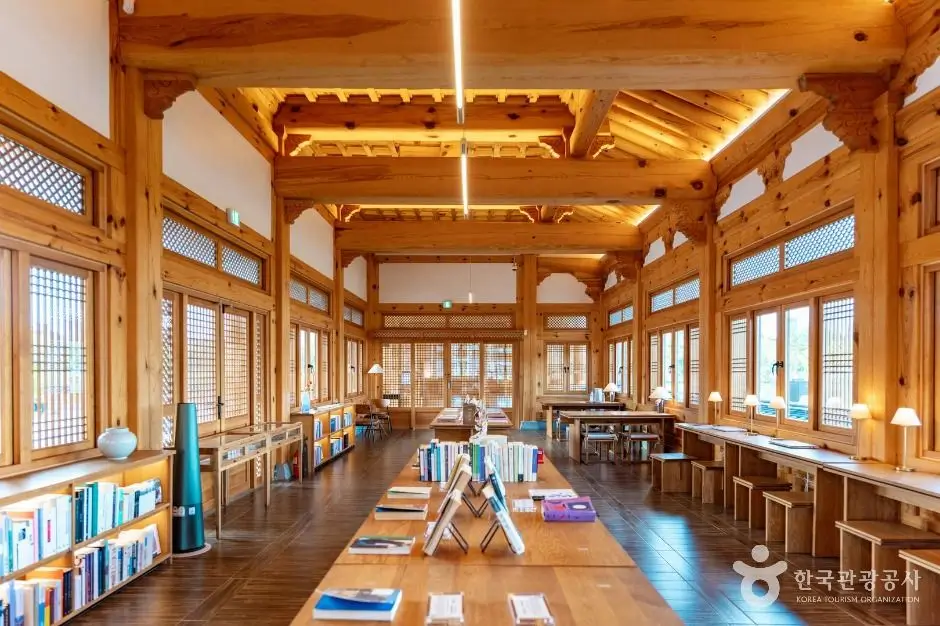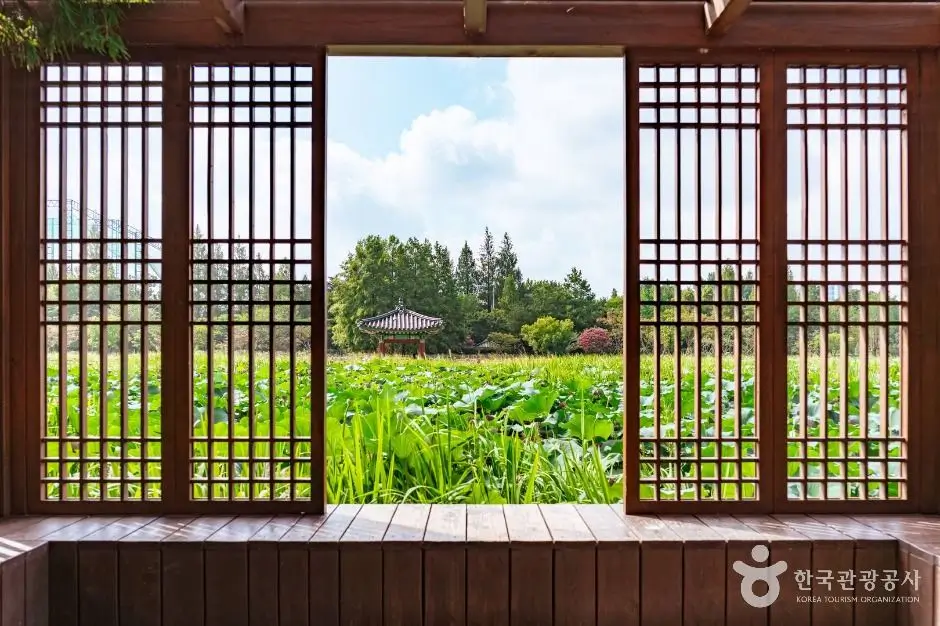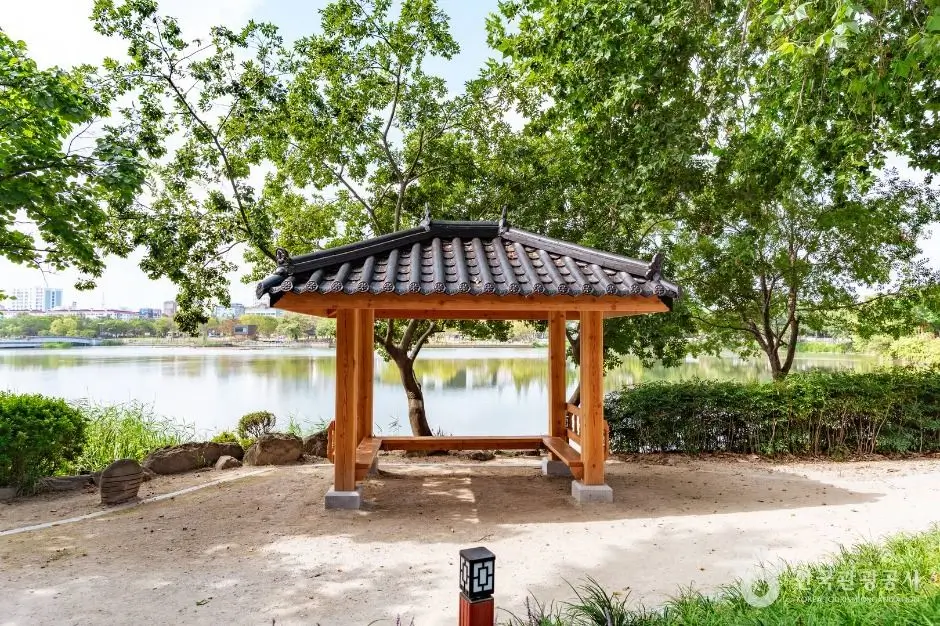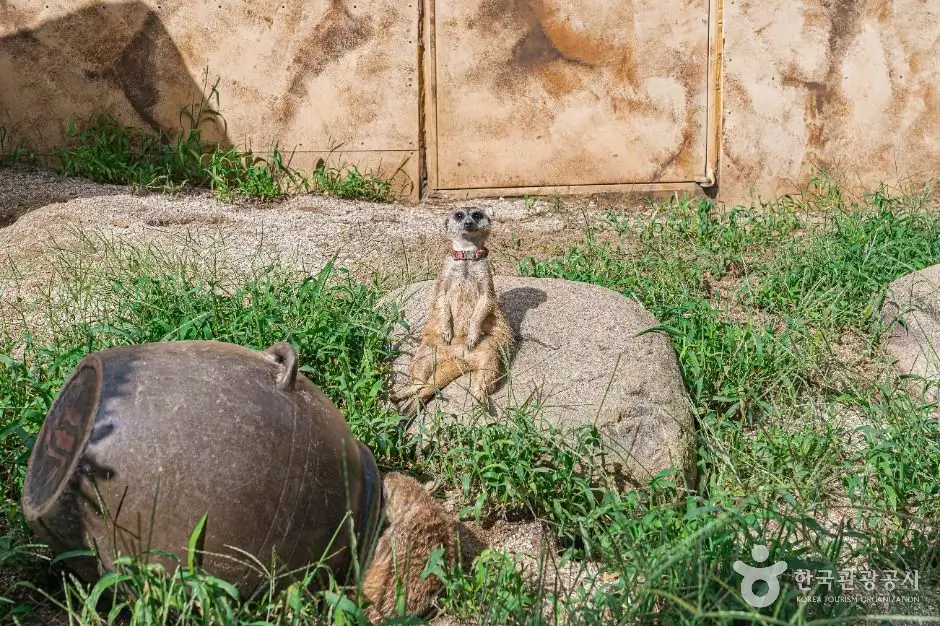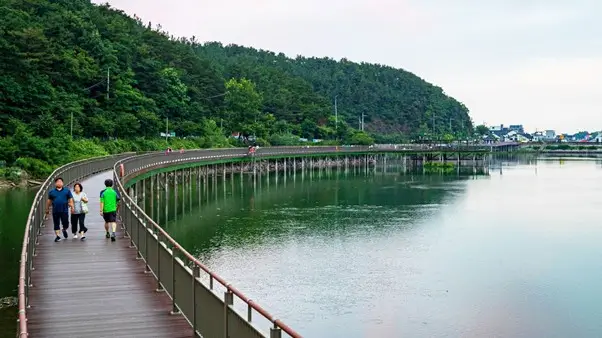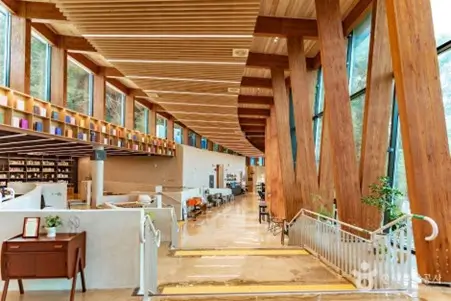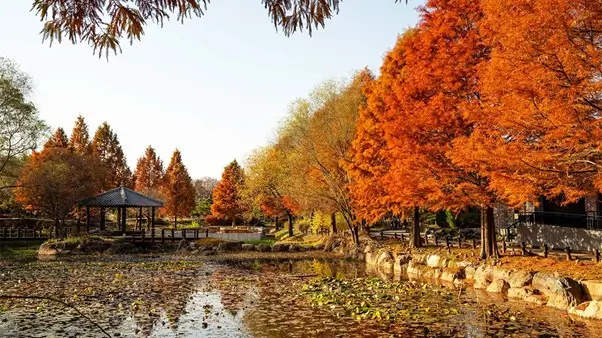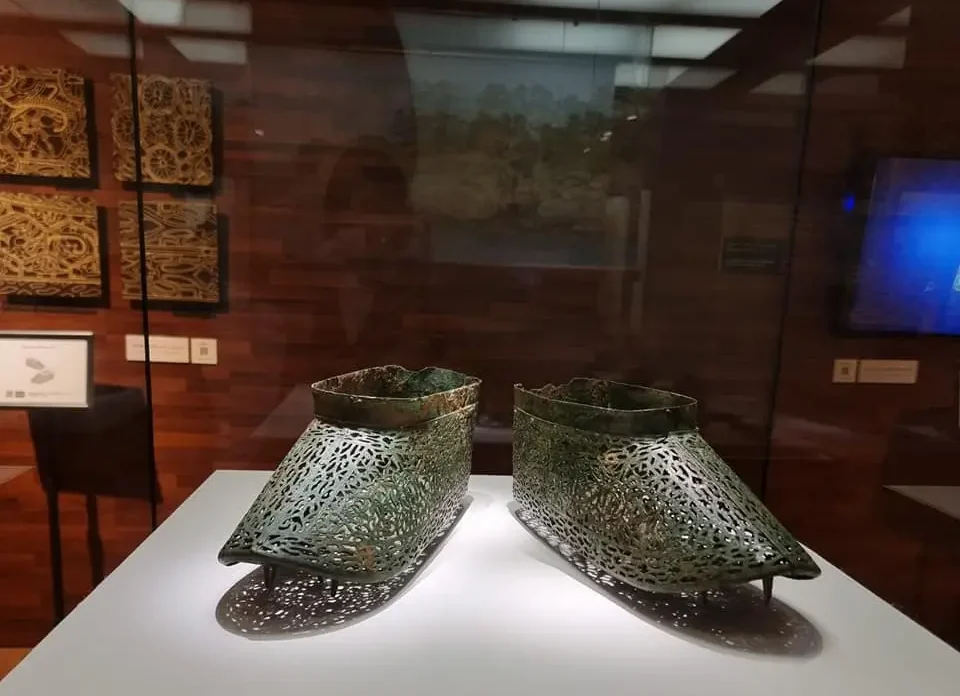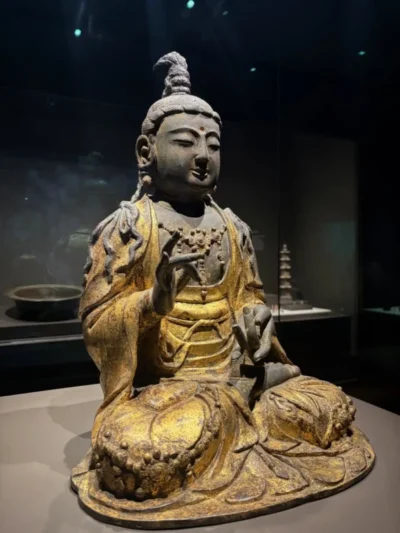🌟 Jeonju Travel Guide 3 — Historical Must-Visit Spots
Before we begin, this guide covers Jeonju’s other historical and cultural attractions outside Jeonju Hanok Village and Jeondong Cathedral.
If you’re looking for those two major landmarks, please visit the guides below:
👉 Jeondong Cathedral Travel Guide (Guide 1)
Ultimate Jeondong Cathedral Guide — Explore Jeonju’s Most Powerful Historic Landmark (Guide 1)
👉 Jeonju Hanok Village Travel Guide (Guide 2)
https://enko.co.kr/things-to-do-in-jeonju-hanok-village/
This post will help you explore the rest of Jeonju’s remarkable heritage—hidden pavilions, ancient shrines, scenic parks, and historic government sites that reveal the city’s deeper story beyond the main tourist zone.
🌏 Before You Head Out
Before you head out, make sure to download the Naver Map app — it’s the most accurate navigation app in Korea.
Unlike Google Maps, which often struggles with Korean addresses and routes, Naver Map provides precise walking, driving, and public transport directions in English.
Available on both Android and iOS, it’s your best companion for finding hospitals, clinics, and pharmacies anywhere in Korea.
👉 Download Naver Map (Google Play) | App Store
1️⃣ Gyeonggijeon Shrine — The Sacred Birthplace of Joseon’s Legacy
📍 44 Taejo-ro, Wansan-gu, Jeonju
🌿
Gyeonggijeon Shrine was built in 1410 to enshrine the royal portrait of King Taejo, the founder of the Joseon Dynasty. This sacred shrine survived destruction during the Japanese invasions but was beautifully rebuilt in 1614, preserving its royal dignity. Visitors walk through the Hongsalmun Gate and follow the ceremonial rule of “Enter from the East, Exit from the West,” a ritual dedicated to honoring the king’s spirit. Inside, you’ll find the Jeongjeon Hall, the bamboo grove, and Jeonju Sago, the archive that once stored the Annals of the Joseon Dynasty. The Royal Portrait Museum showcases rare portraits of Joseon kings, offering an intimate view of royal symbolism and artistry. In autumn, golden leaves fall along stone walls, creating one of the most poetic scenes in Jeonju.
Jeonju Travel Guide
2️⃣ Pungnammun Gate — The Proud Southern Gate of Jeonju Fortress
📍 1 Pungnammun 3-gil, Wansan-gu, Jeonju
🏯
Pungnammun Gate is the only remaining gate of the former Jeonju Fortress and was rebuilt in 1734 by King Yeongjo. Known for its unusual architecture, the second floor dramatically narrows above tall wooden columns—an extremely rare style among Korean fortress gates. The pavilion displays the “Pungnammun” and “Honam’s Finest Fortress” signboards, handwritten in 1842 by Governor Seo Gi-sun. Passing through the stone arch and brick battlements feels like walking into the past. At night, its illuminated silhouette becomes breathtaking against the city’s modern skyline. Only steps away from Hanok Village, it’s a must-visit symbol of Jeonju’s historical pride.
Jeonju Travel Guide
3️⃣ Jeolla Gamyeong — 500 Years of Provincial Power
📍 55 Jeollagamyeong-ro, Wansan-gu, Jeonju
🏛️
For over 500 years, Jeolla Gamyeong served as the highest administrative office governing Jeonbuk, Jeonnam, and Jeju. Originally composed of more than 40 buildings, including the governor’s office Seonhwadang, the residence Yeonsindang, and pavilion Gwanpunggak, the site symbolized regional political authority. Many structures disappeared after a major fire in 1951, but a full restoration began in 2017 to revive its original form. Visitors can now walk inside the restored halls and learn how Joseon officials governed the province. Exhibits and multimedia screens vividly explain the daily life and responsibilities of provincial governors. Located near Hanok Village, it’s a perfect stop for travelers who love cultural heritage.
Jeonju Travel Guide
4️⃣ Omokdae — Where King Taejo Dreamed of a New Dynasty
📍 55 Girin-daero, Wansan-gu, Jeonju
🌄
Omokdae is the historic hill where General Yi Seong-gye celebrated his 1380 victory over Japanese invaders after the Battle of Hwangsan. The pavilion atop the hill offers one of the best panoramic views of Jeonju Hanok Village. Inside hangs the plaque of the poem “Daepunga,” which Yi Seong-gye sang while revealing his rising ambition to unify the nation. At the entrance stands Emperor Gojong’s 1900 stele, written in his own hand, signifying an effort to restore royal dignity during the late Korean Empire. Walking up the staircase takes only a few minutes, but the view is unforgettable. It’s both a historical landmark and a beloved sunset spot for photographers.
Jeonju Travel Guide
5️⃣ Imokdae — The Ancestral Home of King Taejo’s Forefathers
📍 5 Jaman-dong 2-gil, Wansan-gu, Jeonju
🌳
Imokdae marks the birthplace of Mokjo Yi An-sa, King Taejo’s fifth-generation ancestor. Although the original house was lost when the Yi clan relocated during the Goryeo period, Emperor Gojong erected a stone stele in 1900 to honor the royal origins. The pavilion sits on a quiet hill connected to Omokdae via a footbridge, forming an easy yet meaningful historical walking route. The surroundings remain peaceful, offering a reflective atmosphere for visitors. Relocated in 1986 due to road construction, the site still preserves Jeonju’s identity as the ancestral home of the Yi royal family. It is officially designated as a Provincial Monument along with Omokdae.
Jeonju Travel Guide
6️⃣ Jaman Mural Village — Art, History, and Hilltop Views
📍 Jaman-dong, Wansan-gu, Jeonju
🎨
Once a refugee settlement during the Korean War, Jaman Village transformed into a colorful art neighborhood in 2012. Its narrow alleys are filled with murals inspired by Totoro, Spirited Away, Doraemon, and beloved fairy tales. From the hillside, you can enjoy romantic views overlooking Hanok Village. The Jaman-dong Forbidden Marker, indicating the birthplace of Mokjo (ancestor of King Taejo), adds a historical touch to this artistic district. Small cafés, local shops, and rooftop terraces create a cozy, photo-friendly atmosphere. Compact and walkable, it’s one of the easiest and most charming spots to explore in Jeonju.
Jeonju Travel Guide
7️⃣ Jeonju Hyanggyo — A Golden Ginkgo Sanctuary
📍 139 Hyanggyo-gil, Wansan-gu, Jeonju
🍁
Established in 1410 and relocated in 1603, Jeonju Hyanggyo served as a prestigious Confucian academy during the Joseon Dynasty. The campus includes Daeseongjeon Shrine, Myeongnyundang Hall, East/West dormitories, and the iconic Manhwalu Pavilion. Its 400-year-old ginkgo trees turn the entire courtyard into a golden ocean every autumn, making it one of Jeonju’s most famous foliage destinations. Major K-dramas such as Love in the Moonlight were filmed here, adding modern charm to this historic site. The stone walls, wooden halls, and quiet pathways reflect the serene world of Confucian scholars. It is the perfect place to escape the crowds and feel the slow rhythm of old Jeonju.
Jeonju Travel Guide
8️⃣ Hanbyeokdang — One of Jeonju’s Eight Scenic Wonders
📍 2 Girin-daero, Wansan-gu, Jeonju
🌊
Built in 1404 by scholar Choi Dam, Hanbyeokdang sits on a cliff overlooking the emerald-like waters of Namcheon Stream. Poets of the Joseon era praised its scenery as “Jade-Cold Flow,” one of the Eight Scenic Views of Jeonju. Its traditional pavilion, with three bays and a modest roofline, represents classic early-Joseon architecture. Literary gatherings were frequently held here, and dozens of poems remain as evidence of its cultural influence. The surrounding area, once called Okryu-dong, was famous as a peaceful fishing and resting spot for travelers. Even today, this tranquil pavilion offers one of the most soothing scenic views in the city.
Jeonju Travel Guide
9️⃣ Deokjin Park — Lotus Blossoms and Lakeside Serenity
📍 390-1 Gwonsamdeuk-ro, Deokjin-gu, Jeonju
🌿🌸
Centered around a natural lake from the Goryeo period, Deokjin Park became an official city park in 1978. Its wide lotus pond, suspension bridge, and traditional pavilion Chwihyangjeong capture Jeonju’s timeless elegance. The lotus blossoms in summer attract photographers from across Korea. Newly restored wetlands, wooden bridges, and small forest paths offer calm, nature-friendly walks. Cultural monuments, including the statue of Jeon Bong-jun, enrich the historical atmosphere. With playgrounds and boating areas, it’s a favorite leisure spot for families and couples alike.
Jeonju Travel Guide
🔟 Jeonju Zoo — A Classic Family Destination Since 1978
📍 68 Sori-ro, Deokjin-gu, Jeonju
🦁🦒
Jeonju Zoo, one of Korea’s oldest regional zoos, opened in 1978 and spans nearly 190,000㎡. Home to 106 species and over 670 animals—including lions, tigers, giraffes, hippos, and Asiatic black bears—it offers an impressive biodiversity experience. Seasonal gardens and walking trails make it enjoyable throughout the year. The zoo is also connected to Jeonju Dreamland, a nostalgic amusement park ideal for families. As one of the few regional zoos with large mammals, it plays an important role in local wildlife education. Its spacious layout makes it perfect for a relaxed half-day visit.
Jeonju Travel Guide
1️⃣1️⃣ Ajung Lake — Jeonju’s Most Romantic Night Walk
📍 131 Ajunghosu-gil, Deokjin-gu, Jeonju
🌙✨
Formerly an agricultural reservoir, Ajung Lake has been transformed into a 3km circular water-deck walkway perfect for evening strolls. After sunset, soft lights illuminate the path, reflecting beautifully on the calm water. The floating deck plaza, which holds up to 200 people, often hosts performances and community events. Its completely flat walkway makes it accessible for all ages. Free parking and free entry add to its appeal for casual travelers. The peaceful night breeze and shimmering reflections create one of Jeonju’s most romantic atmospheres.
Jeonju Travel Guide
1️⃣2️⃣ Korea Expressway Corporation Arboretum — A Four-Season Nature Escape
📍 462-45 Beonyeong-ro, Deokjin-gu, Jeonju
🌸🌿🍁❄️
This arboretum was created to restore ecosystems damaged during highway construction, transforming into a vast ecological garden. Visitors can explore themed zones such as the rock garden, herb garden, wetland area, rose garden, and bamboo forest. The paths are fully stroller- and wheelchair-friendly, making it ideal for all visitors. Admission and parking are completely free. Each season paints a different landscape—from spring blossoms to golden autumn trails. It is one of Jeonju’s best hidden gems for quiet walks and healing in nature.
1️⃣3️⃣ National Jeonju Museum — A Journey Through Jeonbuk’s Past
📍 249 Sukkogae-ro, Wansan-gu, Jeonju
🏺📜
National Jeonju Museum preserves over 30,000 artifacts, covering prehistoric cultures, the Baekje Kingdom, Buddhist art, ceramics, and regional crafts. Its archaeological hall showcases relics from early settlements to ancient tombs excavated throughout Jeonbuk. The Buddhist art hall includes rare statues and ritual objects reflecting centuries of religious history. Temporary exhibitions explore broader cultural themes, keeping each visit fresh. Education programs such as craft workshops make it attractive for families and students. Located next to Jeonju History Museum, it’s perfect for travelers seeking deeper historical understanding beyond Hanok Village.
Jeonju Travel Guide
Private Tours — Stress-Free Ways to Explore Jeonju in English (Jeonju Travel Guide)
Perfect for travelers who want deeper experiences, photography guidance, or flexible itineraries
⭐ Klook Private & Group Tours
• Jeonju Hanok Village & Seasonal Attractions Day Tour
Perfect intro tour for first-time visitors.
• Jeonju Private Taxi Tour (Jeonju / Gunsan / Gochang / Naejangsan)
⭐ GetYourGuide Premium Tours
• Jeonju Hanok Village Private Walking Food Tour
For foodies who want a deeper culinary experience.
• Seoul: Autumn Foliage – Mt. Naejang + Jeonju Hanok Village | GetYourGuide
One of the most beautiful fall routes in Korea.
🚌 Transportation — How to Get to Jeonju Hanok Village
Jeonju is easily accessible from Seoul, Busan, and major cities by KTX, express buses, and private transfers.
Here are the most convenient, traveler-friendly options (Klook & GetYourGuide included).
⭐ KTX Train (Fastest & Most Comfortable)
• Seoul → Jeonju KTX Train Ticket
Fast, comfortable, and the easiest way to reach Jeonju.
⭐ KTX + Private Vehicle (Door-to-Door Convenience)
• KTX + Jeonju Private Hanok Village One-Day Tour
Includes KTX ticket + private driver.
Perfect for travelers who prefer a seamless itinerary.
⭐ Halal-Friendly Tour Option
• [FREE LUNCH · Halal Tour] Traditional Culture in Jeonju from Seoul
Ideal for Muslim travelers—Halal lunch included.
🚌 Express Buses (Budget-Friendly)
• Seoul (Central City Terminal) → Jeonju Express Bus Terminal
• Jeonju → Seoul (Central City Terminal)
• Busan → Jeonju Express Terminal
🚆 Affiliate Disclosure
Some links in this post are affiliate links. If you make a purchase through them, you won’t pay extra—but Lucia’s Travel Studio may earn a small commission that helps keep this travel content alive and growing. Thank you for your support!
